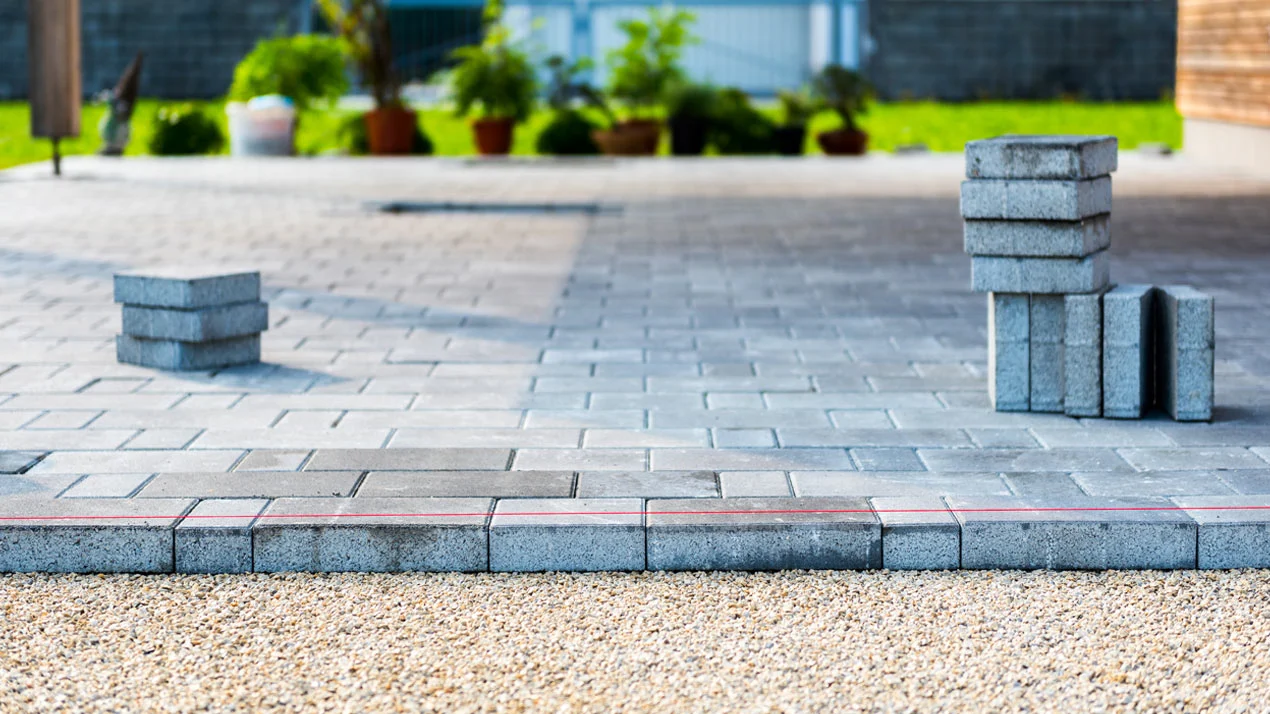Introduction
Retaining wall installation are essential structures in landscaping, serving both functional and aesthetic purposes. Whether you're preventing soil erosion, creating level terraces, or enhancing the beauty of your outdoor space, mastering the installation of retaining walls is crucial. In this article, we'll delve into various techniques and tips to help you achieve a sturdy and visually appealing retaining wall.
Understanding Retaining Walls
Retaining walls are structures designed to hold back soil and create level ground. They are commonly used in landscaping to prevent erosion, manage drainage, and create usable spaces on sloped terrain. Retaining walls come in various materials, including concrete blocks, natural stone, bricks, and timber.
Key Factors in Retaining Wall Installation
-
Planning and Design: Before starting any construction, thorough planning and design are essential. Consider factors such as the height of the wall, soil type, drainage requirements, and local building codes. Proper planning ensures a structurally sound retaining wall that complements your landscape design.
-
Site Preparation: Prepare the site by clearing vegetation, debris, and any obstacles that may interfere with construction. Excavate the area to the required depth, ensuring a firm and level base for the wall foundation.
-
Foundation: A strong foundation is critical for the stability of the retaining wall. Depending on the soil conditions and wall height, the foundation may require compacted gravel, reinforced concrete footings, or a combination of both. Ensure proper drainage to prevent water buildup behind the wall, which can cause pressure and instability.
-
Material Selection: Choose high-quality materials that are suitable for the specific requirements of your project. Concrete blocks offer durability and ease of installation, while natural stone provides a timeless aesthetic. Consider the style, color, and texture of the materials to enhance the overall appearance of the retaining wall.
-
Construction Techniques: Follow the manufacturer's guidelines and recommended construction techniques when installing the retaining wall. Use proper alignment and leveling tools to ensure accuracy and consistency throughout the construction process. Secure the materials with adhesive or mortar as needed, and use geogrid or reinforcement for added strength, especially for taller walls.
-
Drainage Systems: Incorporate adequate drainage systems behind the retaining wall to prevent hydrostatic pressure and water damage. Install perforated drainage pipes or weep holes at regular intervals to allow water to escape freely. Backfill with gravel or crushed stone to promote drainage and reduce soil saturation.
-
Compaction: Proper compaction of the backfill material is essential to prevent settling and ensure long-term stability. Use a mechanical compactor or hand tamper to compact the soil in layers, taking care not to disturb the wall structure. Repeat the compaction process until the backfill is firmly consolidated.
-
Finishing Touches: Once the retaining wall is constructed, add finishing touches such as coping stones, cap blocks, or decorative elements to enhance its appearance and functionality. Seal the surface of the wall to protect against moisture penetration and weathering, prolonging its lifespan and maintaining its integrity.
Tips for Success
- Take accurate measurements and double-check calculations to avoid errors during construction.
- Consider hiring a professional contractor for large or complex retaining wall projects to ensure quality and compliance with building codes.
- Monitor the site for any signs of movement or settlement after construction, and address any issues promptly to prevent further damage.
- Regular maintenance, including inspection, cleaning, and repairs, is essential to preserve the integrity and appearance of the retaining wall over time.
Conclusion
Mastering the installation of retaining wall installation requires careful planning, proper construction techniques, and attention to detail. By understanding the key factors involved and implementing the tips provided in this article, you can create durable and visually appealing retaining walls that enhance the functionality and beauty of your outdoor space. Whether you're a homeowner tackling a DIY project or a professional landscaper, mastering retaining wall installation techniques will ensure successful and long-lasting results.


No comments yet